What Is SEO Localization?
SEO localization is the process of optimizing your website for different languages and regions so it can rank higher in search engine results and drive more relevant traffic.
And SEO localization goes beyond simply translating your content. It also involves tailoring it to your target audience’s local culture, preferences, and search habits.
It includes optimizing the target keywords, content, title tags, meta descriptions, URLs, image alt text, external links, and more.
And it factors in currency preferences, regionally relevant imagery, and even unique metaphors and local idioms.
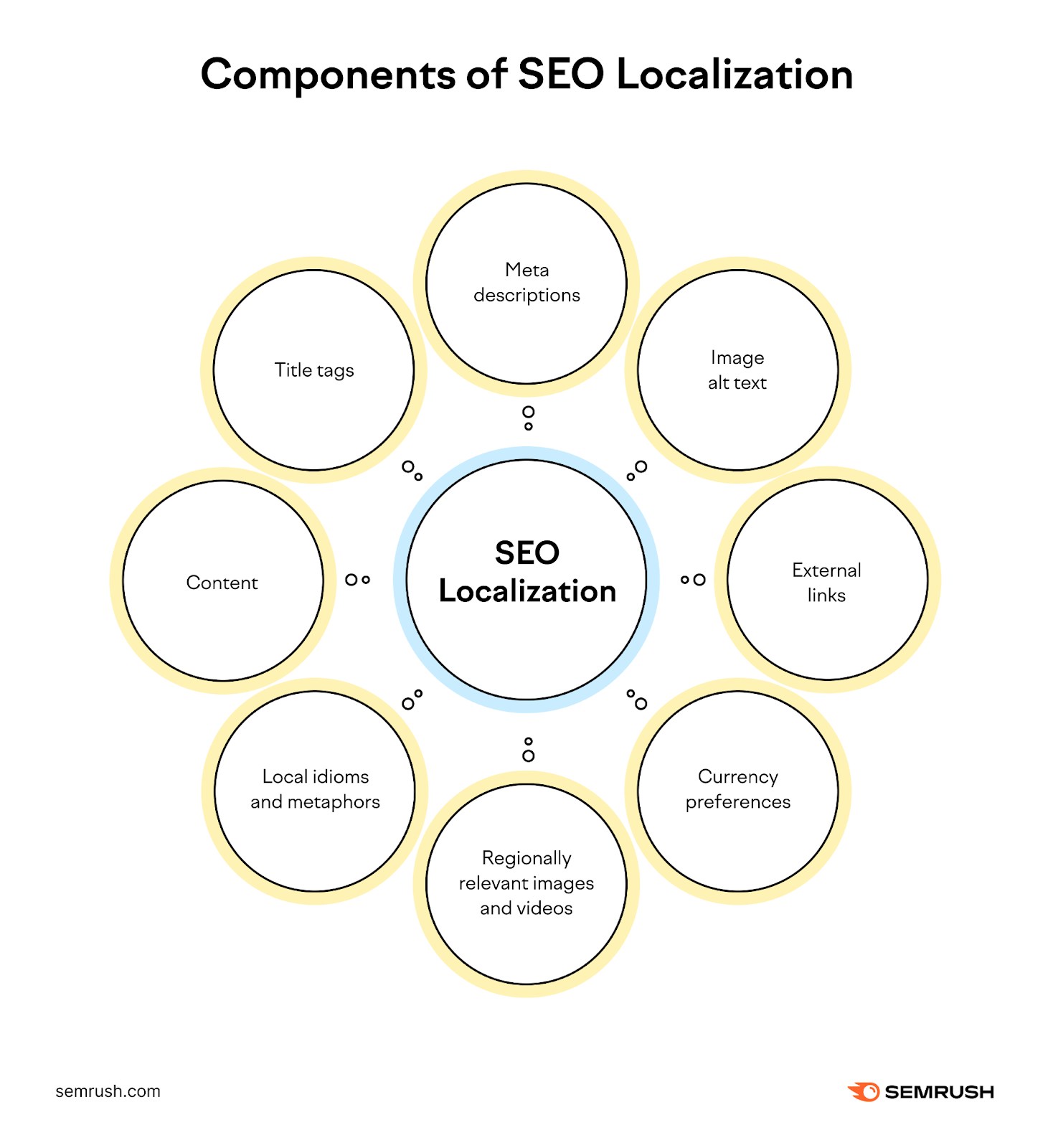
SEO Localization vs. SEO Translation
SEO translation is translating your content from one language into another. It makes the content understandable to a new audience.
SEO localization includes translation, but it goes a step further. To optimize it for local search algorithms and audience preferences.
Here’s an example:
Say you sell flowers online in the U.K. and want to expand your market to Spain.
You’ll need to translate your content into Spanish but also localize it for the Spanish culture and preferences.
Let’s look at the title of your homepage in three scenarios:
- English: “Buy fresh flowers online—Free delivery in the U.K.”
- Spanish SEO translation: “Compre flores frescas en línea—Entrega gratuita en el Reino Unido”
- Spanish SEO localization: “Compre flores frescas online—Envío gratis a España”
As you can see, the SEO translation simply translates the words from English to Spanish. But doesn’t change anything else.
So, it might make your site bland, generic, or even misleading for your potential customers.
The version that uses SEO localization, on the other hand, adapts the content to the target market.
By changing the delivery location from the U.K. to Spain, using the word “online” (which is more common in Spain) instead of “en línea,” and using the word “envío” instead of “entrega” (which is more suitable for shipping products).
By doing SEO localization, you can make your website more relevant, attractive, and engaging to your Spanish audience. Which can lead to more conversions and sales.
Here’s a visual comparing both SEO translation and SEO localization side by side:
| SEO Translation | SEO Localization | |
| Definition | Translates content into different languages | Adapts content to local culture, idioms, and search habits |
| Goal | Ensures content can be understood across languages | Increases visibility in local search results and provides a more valuable, relevant experience for users |
| Audience | Caters to multiple geographic areas but doesn’t always consider regional or local variations within them | Recognizes different audiences within different geographical locations |
| Search Behavior | Doesn’t consider local search preferences | Optimizes for local search algorithms and preferences |
Why Is Having an SEO Localization Strategy Important?
Prioritizing SEO localization makes you more likely to appear in search results for all your audiences. To help you reach your business goals.
More specifically, a localized SEO approach leads to these benefits:
Increases Your Traffic Potential
SEO localization makes your content more discoverable. Which can lead to increased traffic.
Let’s say your company is based in Sweden and makes high-quality ski equipment. And you’re looking to expand into Canada.
Through market and keyword research, you might find that cross-country skiing is especially popular in Canada.
This list of terms from Keyword Magic Tool shows there are many keyword variations to choose from:
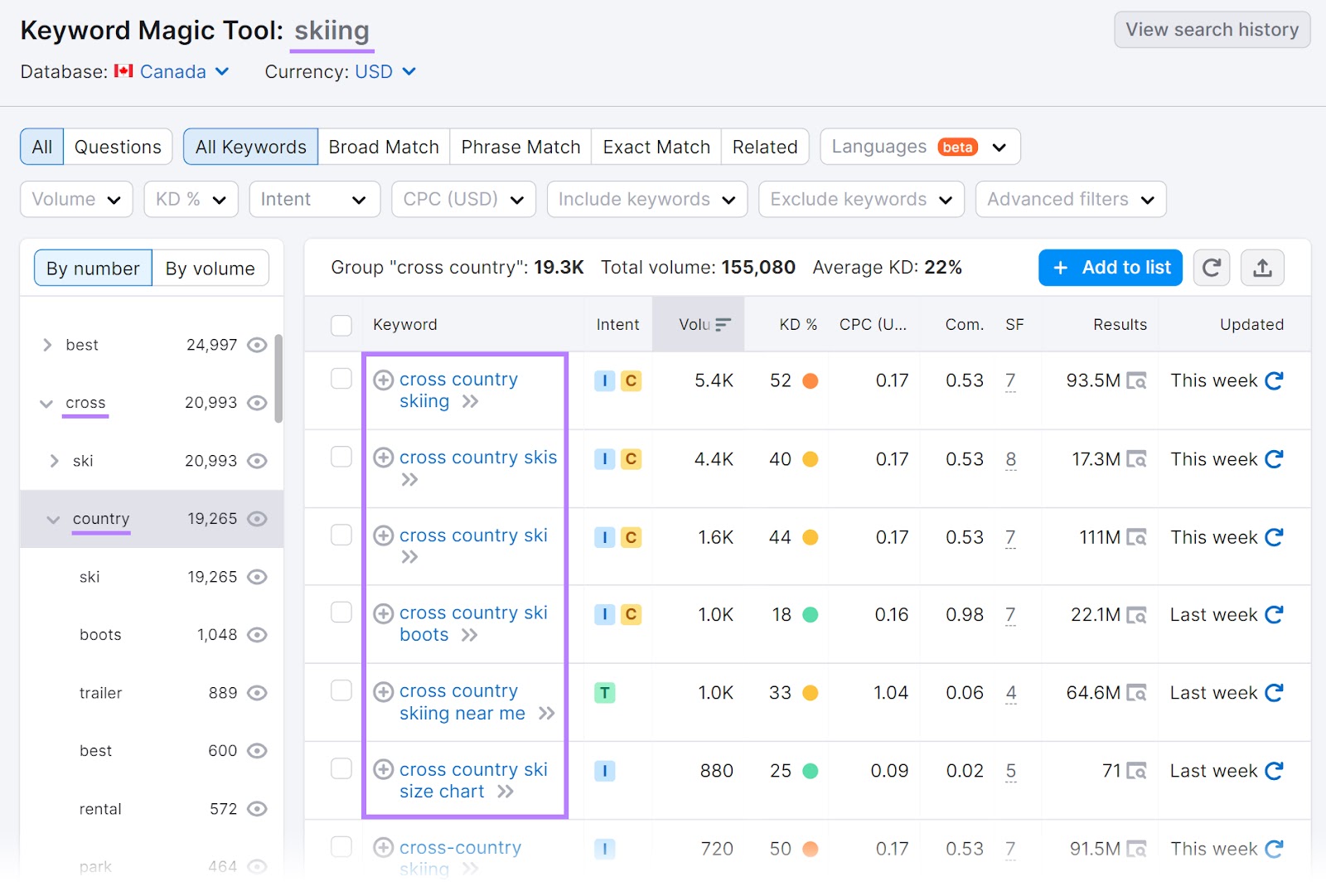
Creating new content around cross-country skiing can help you appeal to a Canadian audience.
You can even adapt your existing content to touch on that interest. This way, content you’ve already invested in can attract more visitors and potentially convert them into customers.
Keeps You Ahead of Your Competitors
A well-executed SEO localization strategy gives you a competitive edge.
By understanding and catering to your Canadian audience’s language, cultural nuances, and search habits, you’re likely to rank higher in search results than competitors who haven’t localized their content.
But there’s more:
It also increases the likelihood that other reputable websites in those geographic regions will link to your content.
And these types of links (backlinks) are crucial for SEO because they signal to Google that your content is valuable and trustworthy.
Fuels International Growth
Localized SEO amplifies your global footprint.
Greater visibility in local search can mean more organic traffic. And over time, that translates to more sales and higher revenue in those new markets.
Trying to achieve those same results without local SEO would likely require a substantial investment in paid media.
9 Website Localization SEO Best Practices
Now, let’s put theory into practice with these nine SEO localization best practices:
1. Do Local Keyword Research
Local keyword research is crucial for ensuring you use the right terms to appeal to each of your audiences.
If you’re an online retailer selling knitwear, you might use the keyword “sweaters” for your U.S. audience. But your U.K. audience might be searching for “jumpers.”
So, you may need to adjust to capture that U.K. traffic.
You can use Keyword Gap to find relevant keywords for different markets.
Here’s how:
First, enter your domain and up to four competitor domains. Then, select your country (in this case, the U.K.), and click “Compare.”
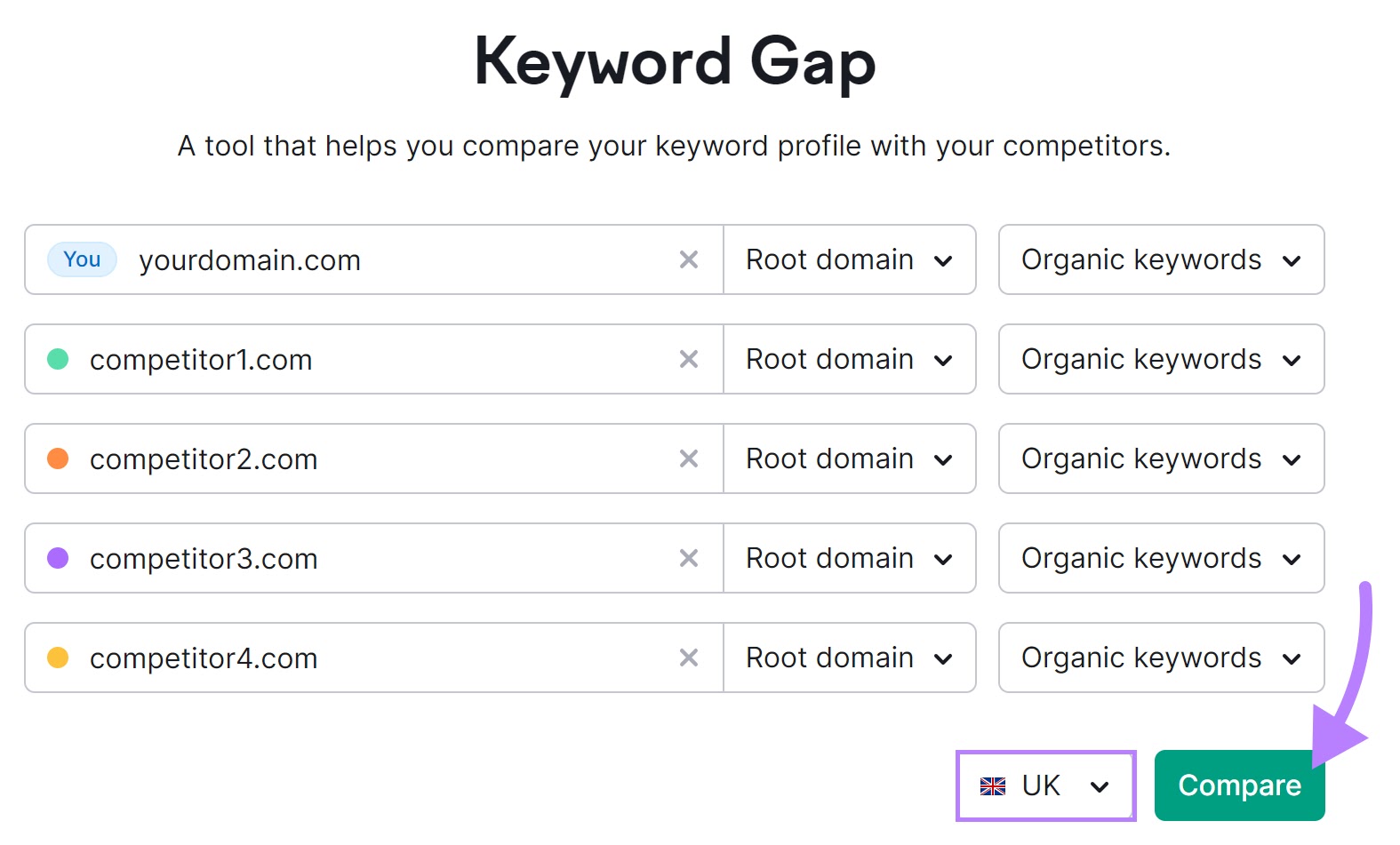
Scroll down and you’ll see a table with a list of keywords.
Select “Untapped” to see the keywords that at least one competitor ranks for but you don’t.
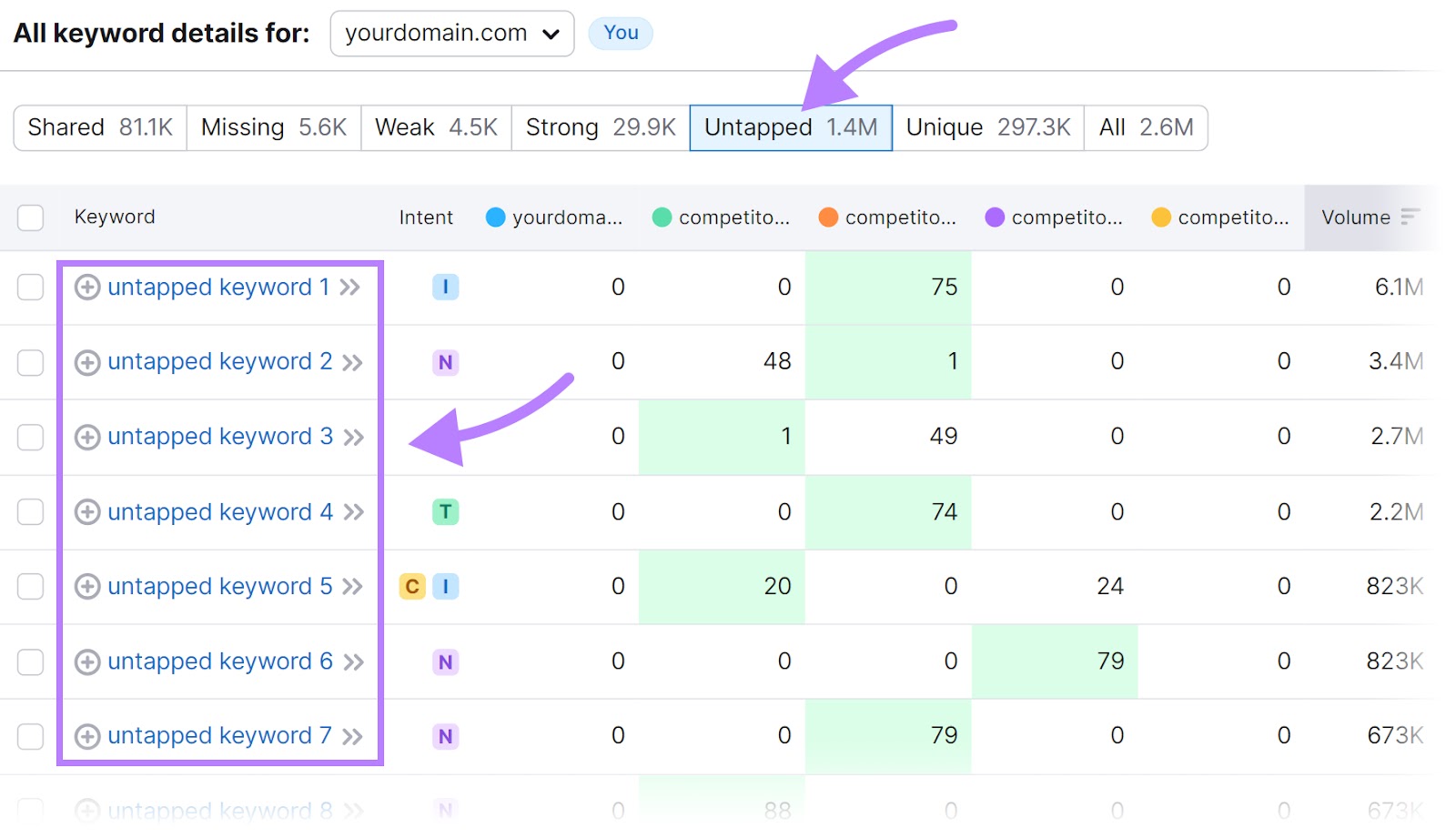
Each of these keywords represents an opportunity for you to capture more traffic in the country you’ve selected.
You’ll want to incorporate local keywords into the body content of pages. But also in the meta descriptions, URLs, and alternative (alt) text for images.
Further reading:
2. Adapt to Cultural Differences
Accounting for cultural differences in your images, layout, pricing, and other elements ensures your content resonates with local markets.
And it makes a massive difference in improving the user experience.
Here’s an example:
Say you run an ecommerce site and want to start targeting Saudi Arabia.
Displaying prices in Saudi riyals and adjusting your layout for readers who read from right to left can make your site feel more familiar and user-friendly to your Saudi Arabian audience.
Like this:
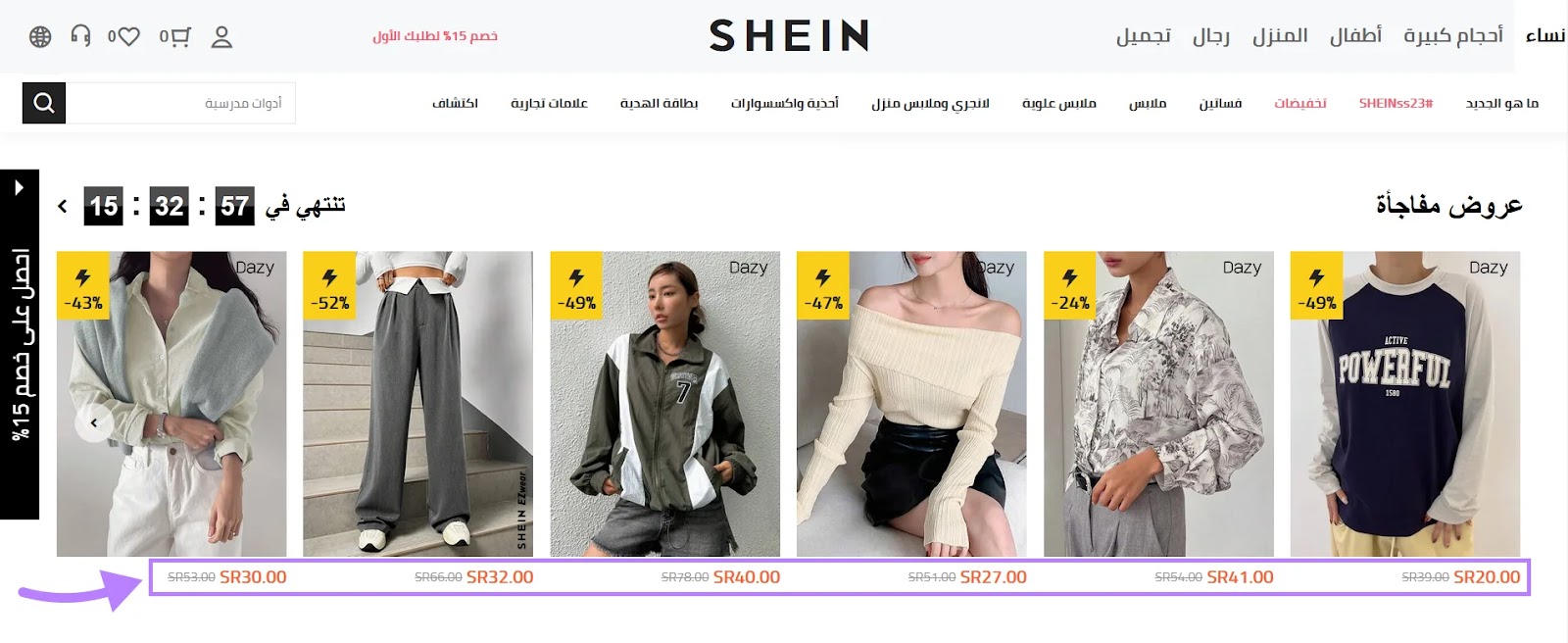
You can use plugins on platforms like WordPress, Shopify, and Magento to do this.
Most have built-in features that can help you adjust your site layout for different reading directions.
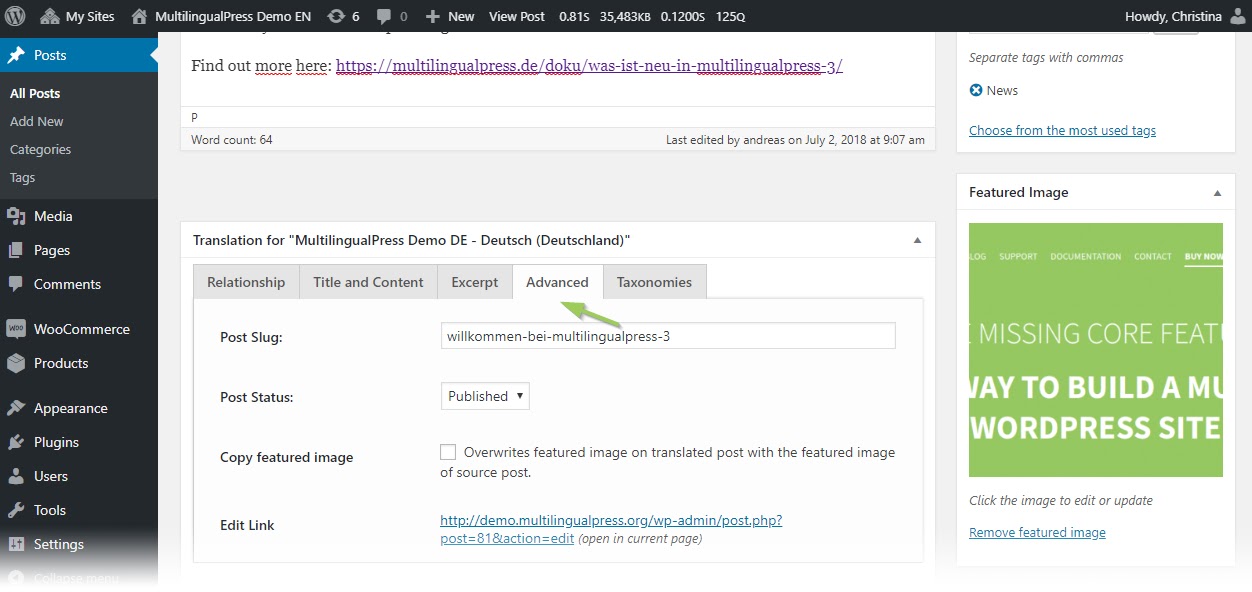
Image Source: MultilingualPress
Accounting for these differences can help deliver relevant and helpful content to your different audiences.
3. Use Hreflang Attributes
Hreflang attributes are HTML elements that help search engines understand a page’s language and intended region.
They tell search engines and browsers what version of a page to serve for a specific country or language.
These elements are enclosed in the tag and can look like this:

Which means:
Using them correctly can help you serve the right content to the right audience.
Here’s how to use hreflang attributes correctly:
- Identify your target languages and regions. These values come from two-letter ISO 639-1 language codes and ISO 3166-1 alpha-2 country and region codes. (You won’t always need the region and country code. But it can be beneficial.)
- Add the hreflang attribute to the HTML code for each page. It usually goes in the <head> and includes all alternate pages. Here’s what it would like like for a page written in English for a U.S audience and in Spanish for an audience in Spain:
<link rel="alternate" hreflang="en-us" href="http://example.com/en-us/" />
<link rel="alternate" hreflang="es-es" href="http://example.com/es-es/" />- Validate your hreflang implementation with Site Audit. This will ensure there are no errors that could confuse Google or other search engines.
Start by opening the tool and following the configuration instructions.
Then, click “Start Site Audit.”
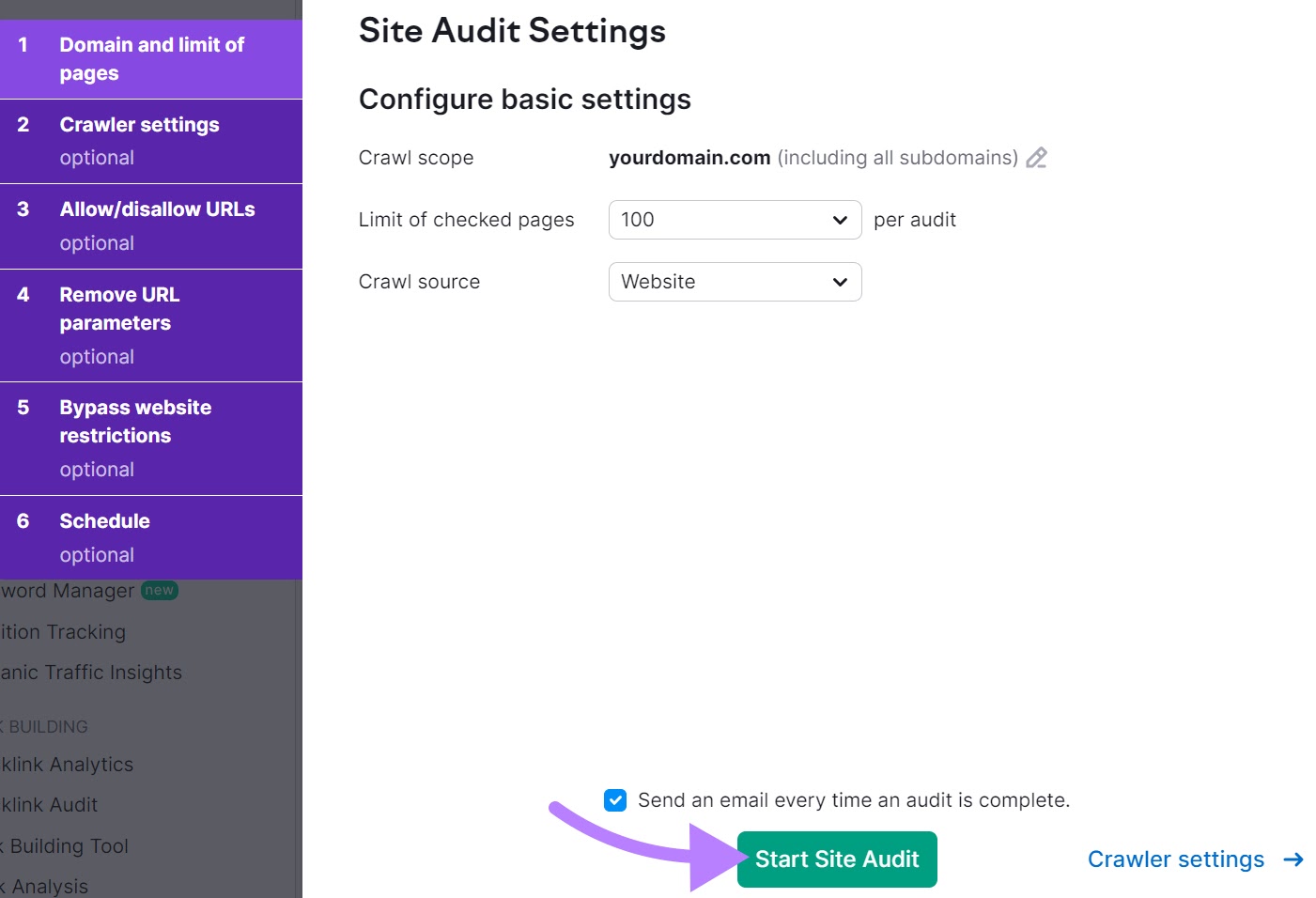
After the tool crawls your site, go to the “Issues” tab. And type “hreflang” in the search bar:
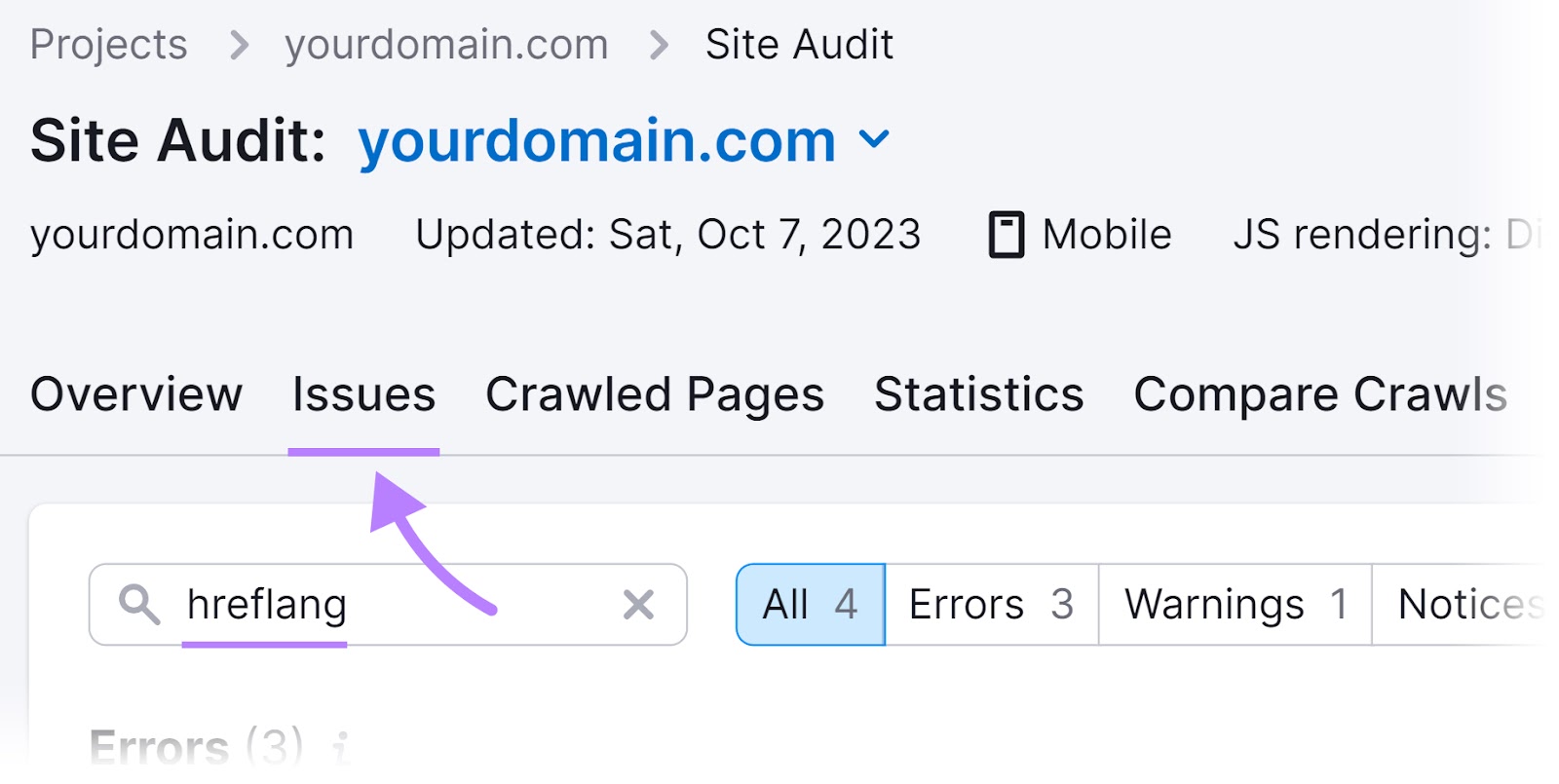
You’ll see a list of all problems with your hreflang attributes—with more information and guidance on how to fix them.
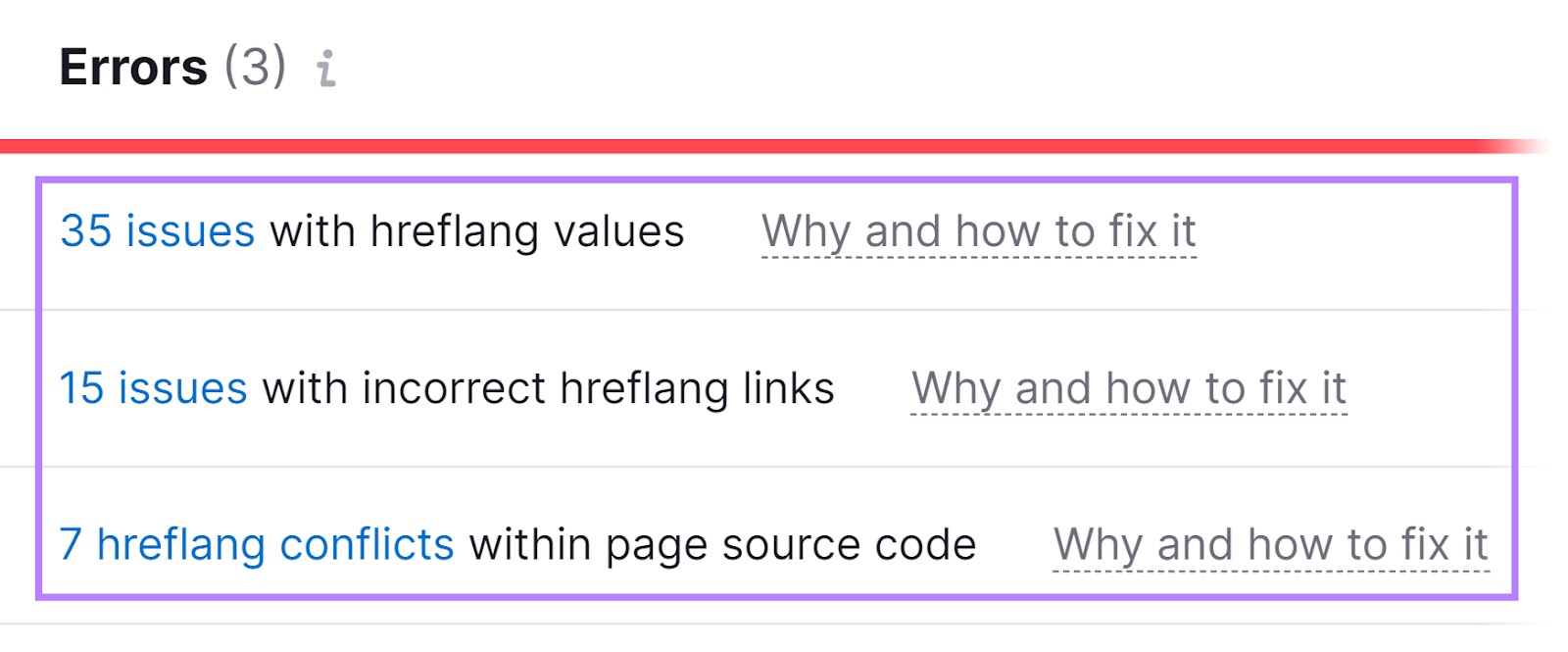
Further reading:
4. Avoid Automatic Redirects
Using automatic redirects can prevent users and search engines from accessing all versions of your site.
Consider this example:
There’s a Spanish-speaking user in the U.S. who gets redirected to the English version of your site. But what if they prefer to use it in Spanish?
With automatic redirects, they wouldn’t have that choice.
Instead of relying on automatic redirects, let your users choose.
You can do this by:
- Adding a language selector on your site
- Providing links to other language versions of your page
- Implementing banners that give users the option to continue in their preferred language or choose the one more common for their location
Like this one from Zara:

5. Choose the Right URL Structure
Localized URLs are important for SEO because they help search engines and users understand the page’s language and intended location.
Plus, localized URLs can also make your site more user-friendly. Because they reduce the need for redirects, language selectors, or geo-targeting.
To implement them, use one of the following URL structures:
- Country-specific domains (e.g., example.fr for France and example.de for Germany) can make it clear that your content is specifically for users in different countries. But some countries like France require residency in specific countries to register these domains. So, using subdomains or subdirectories with generic top-level domains (gTLDs) can be helpful.
- Subdomains with gTLDs (e.g., fr.example.com and de.example.com) similarly allow you to separate sites, and they can be easier to set up and manage. Typical gTLDs include “.com,” “.org,” and “.net.”
- Subdirectories with gTLDs (e.g., example.com/fr and example.com/de) can consolidate domain authority and simplify site management because all language versions are part of the same domain. But separating sites is more difficult.
Each structure has pros and cons, so choose the one that best fits your business needs and target markets.
6. Address Duplicate Content
Avoiding duplicate content is important for SEO localization because it can negatively affect your site’s ranking, visibility, and performance in search engine results.
Duplicate content can cause several problems, such as:
- SEO ranking issues: When you have duplicate content across different localized versions of your website, it confuses search engines and can lead to lower rankings
- User experience issues: When users see the same content multiple times with minor variations, they may perceive it as redundant and unhelpful
- Crawl budget issues: When you have duplicate content, search engines may waste their crawl budget on pages that don’t provide unique value, potentially causing them to miss important pages
- Link equity dilution: If you have multiple versions of the same content, backlinks and social shares may be spread across these duplicates, diluting link equity that could’ve been consolidated on a single page
- Canonicalization issues: If search engines are uncertain about which version of a page to index, they may choose one arbitrarily, which may not align with your localization strategy
You can let search engines know which URL is the main one by using the rel="canonical" tag in the <head> section of each alternate webpage’s HTML source code.
Like this:
<link rel="canonical" href="https://example.com/main-url-goes-here/" />Canonical tags point from an alternate URL to the primary URL (shown below). And let you indicate to search engines which page you want them to index.
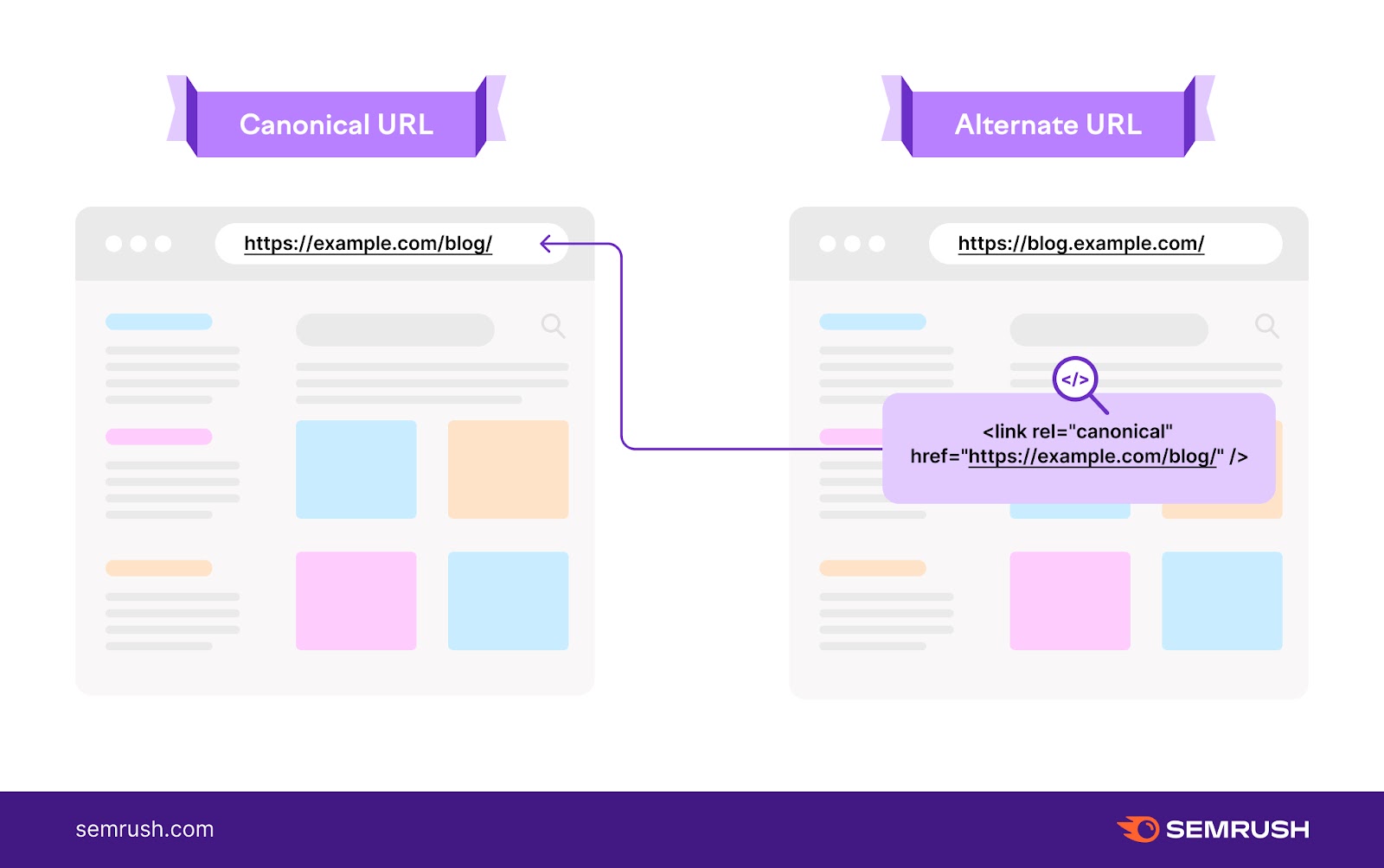
But you have to be careful about using both hreflang attributes and canonical tags together. Because they can send conflicting signals to search engines.
So, make sure to indicate a canonical page in the same language (or the best substitute) for pages using hreflang attributes.
Further reading:
7. Optimize for Different Search Engines
Other search engines like Baidu, Naver, and Yandex are more common than Google in some areas. And taking their differences into account can help you rank better in those regions.
So, how do you optimize for different search engines?
Start by researching the most popular search engines. To learn about what makes them distinct.
For example, Baidu (pictured below) is China’s most popular search engine.
It has difficulty with JavaScript and images. So, it’s a good idea to serve important content in HTML to rank well on Baidu.
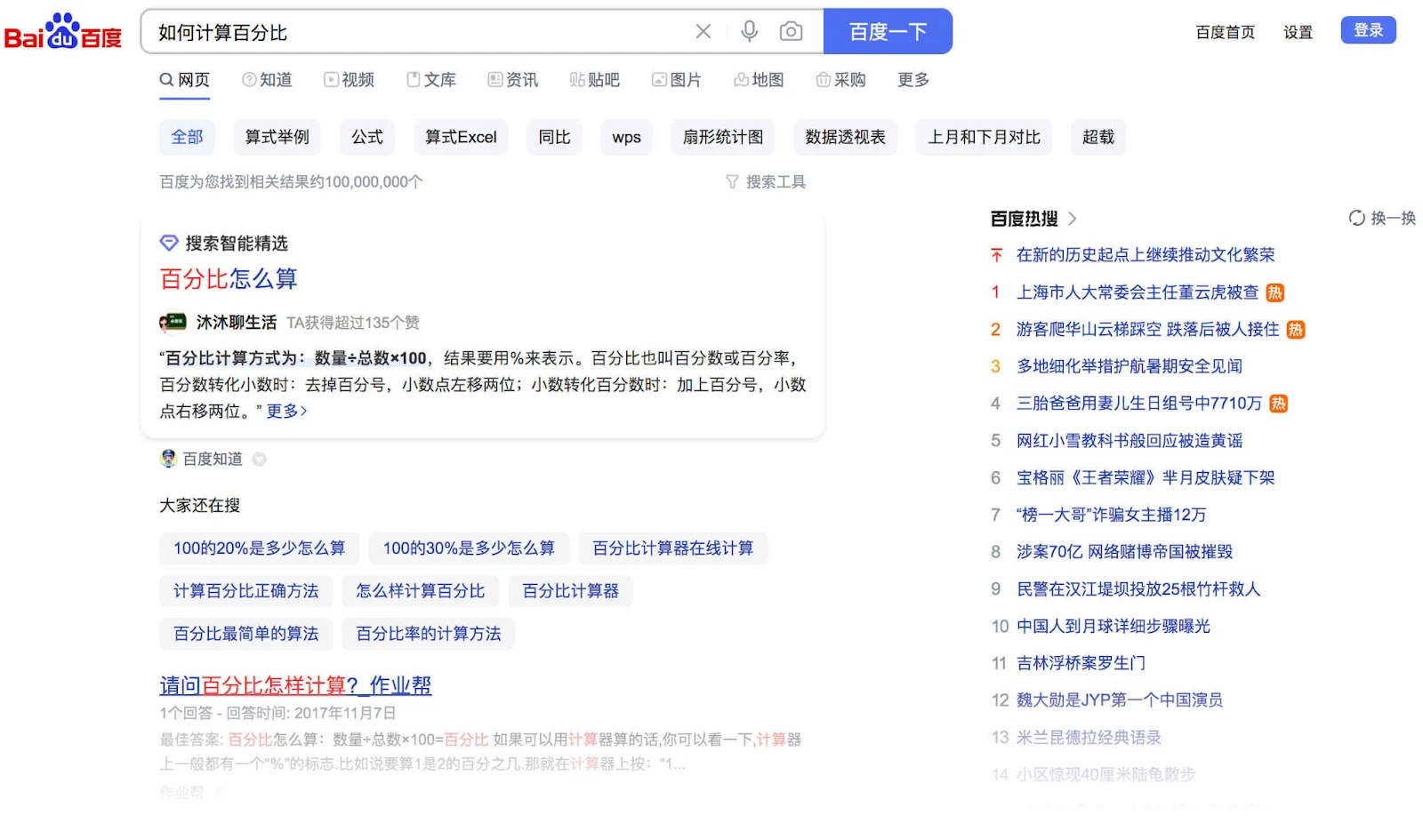
And Yandex, the leading search engine in Russia, is clear about the fact that user experience signals play a role in their algorithms used for ranking.
Which means you should prioritize things like page speed and readability.
8. Use Local Servers or CDNs
Using local servers or content delivery networks (CDNs) ensures your site loads quickly for users all around the world.
And that can help your rankings.
If you’re using a subdomain structure for your multi-regional site, consider hosting each subdomain on a server in the target region.
A simpler alternative is to use a CDN, which distributes your content across a network of servers located across the world.
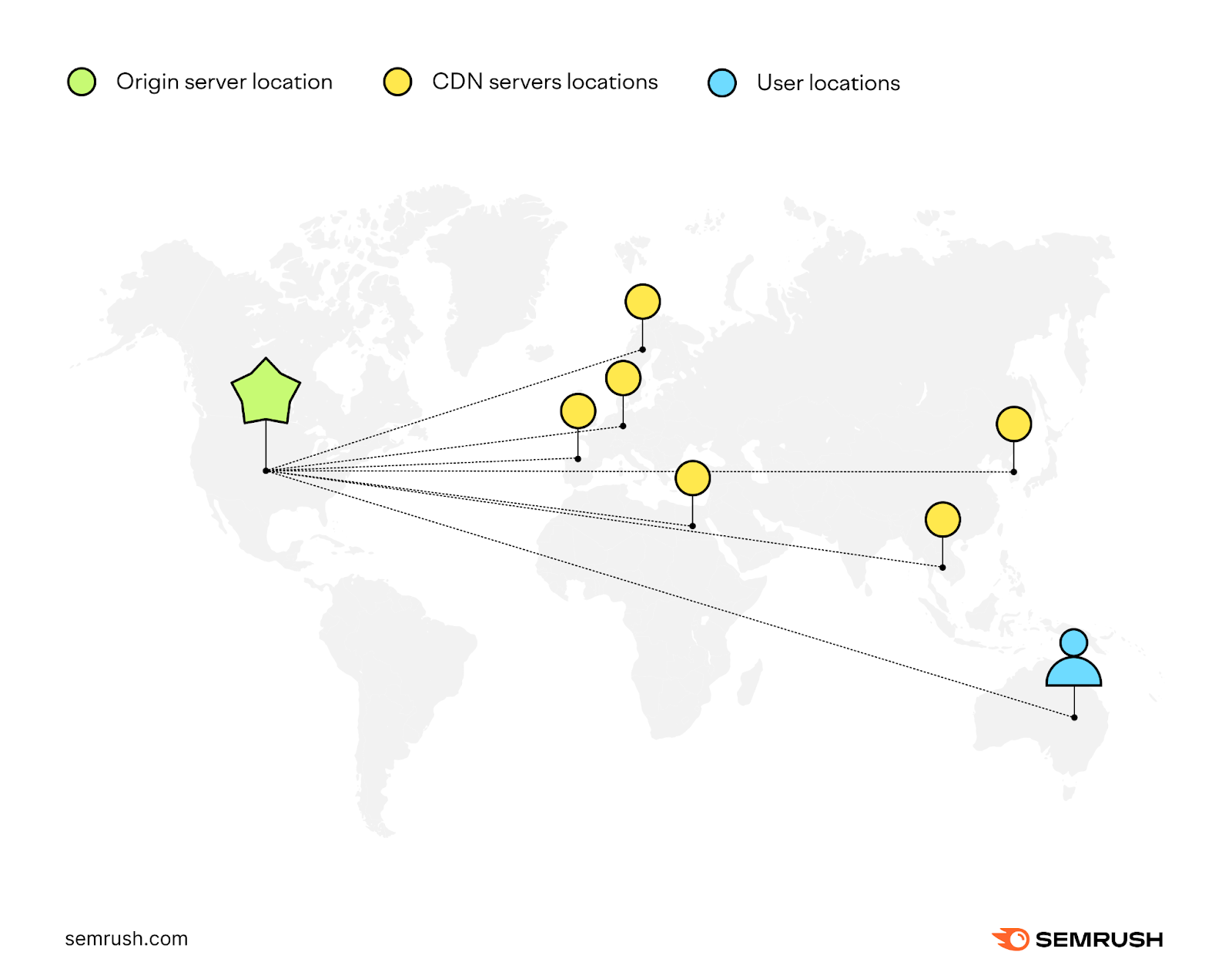
When a user accesses your site, the CDN delivers cached content from the server closest to them. Which can significantly improve page load times. And potentially lead to better search rankings.
Services like Cloudflare and Amazon CloudFront offer global CDN solutions that can help improve your site speed in different regions.
Further reading:
9. Keep an Eye on Your Performance
Monitoring your SEO localization efforts helps you ensure solid performance in the long term.
For example, it allows you to know things are working properly every time you add a page in a new language or update your hreflang tags.
You can test your website’s performance across different browsers, devices, and geolocations using Website Testing.
Open the app, select the “Manual Testing” tab, and enter your domain.
Then, select an operating system, browser, and browser version you want to check. And click “Start Browser.”
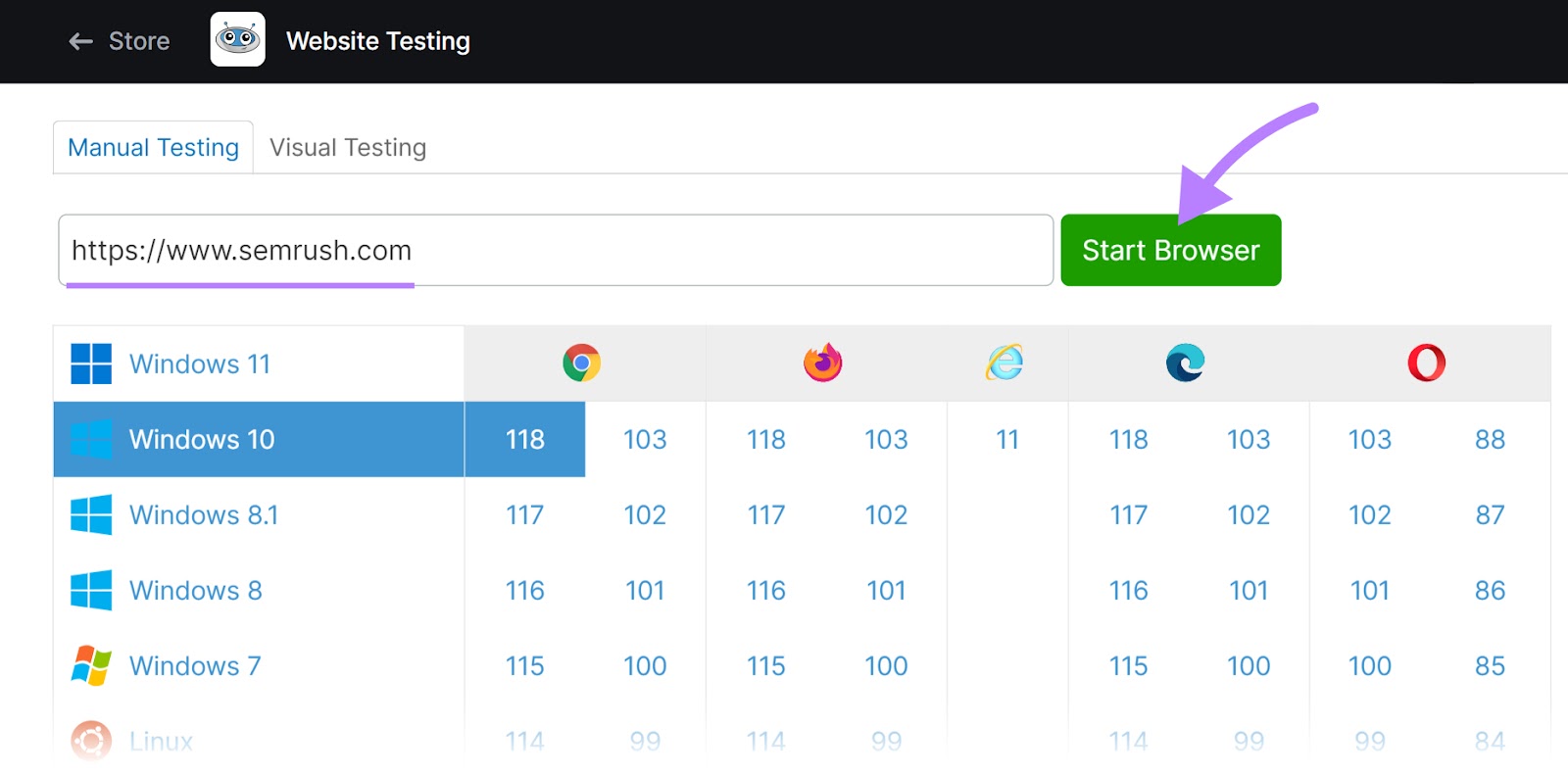
To start looking for localization issues, click the “Change Location” button in the table to the right.
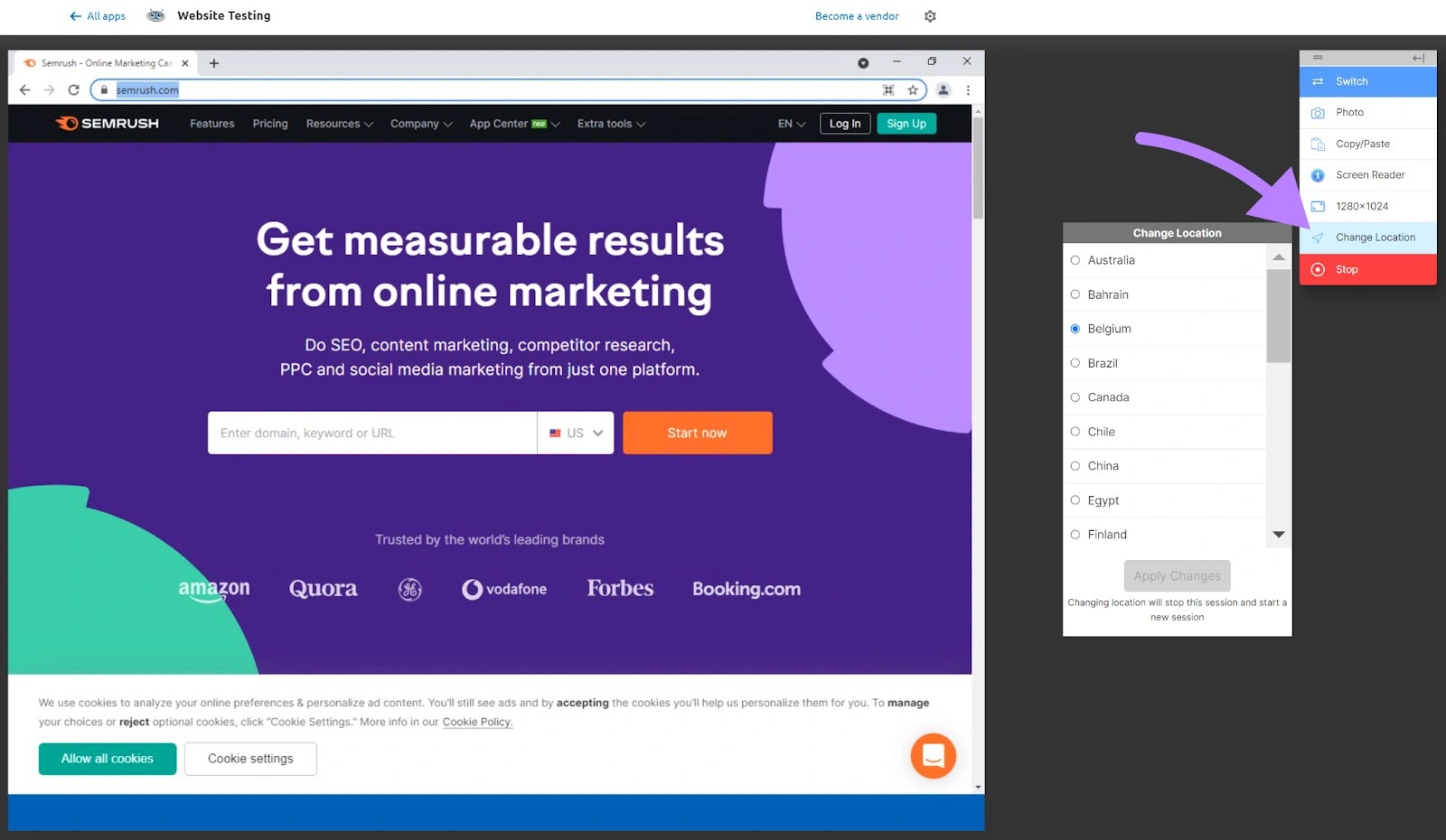
Keep a lookout for any issues like incorrect currency, time zone, etc.
Remember:
SEO localization is a dynamic process. And you’ll need to adjust your SEO localization strategy over time.
Localize Your Website to Excel in International Markets
Implementing SEO localization boosts your visibility in international search results and helps you tap into fresh market opportunities.
But you need to take the right approach and use the right tools.
If you’re just getting started, try researching which keywords your competitors in different markets are using with Keyword Gap.
